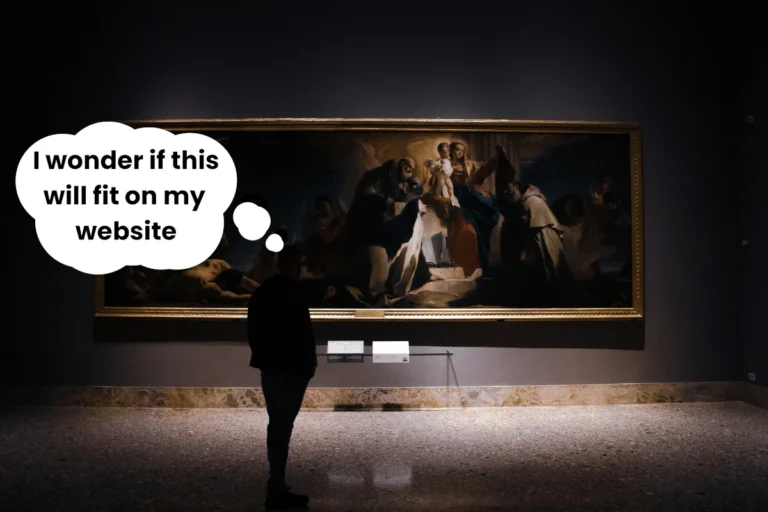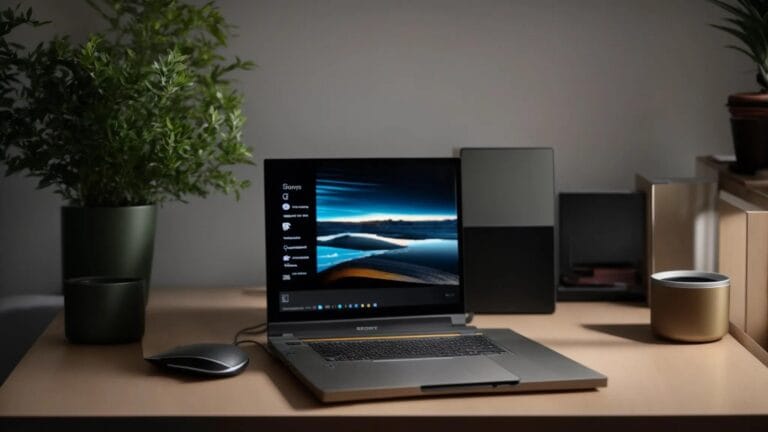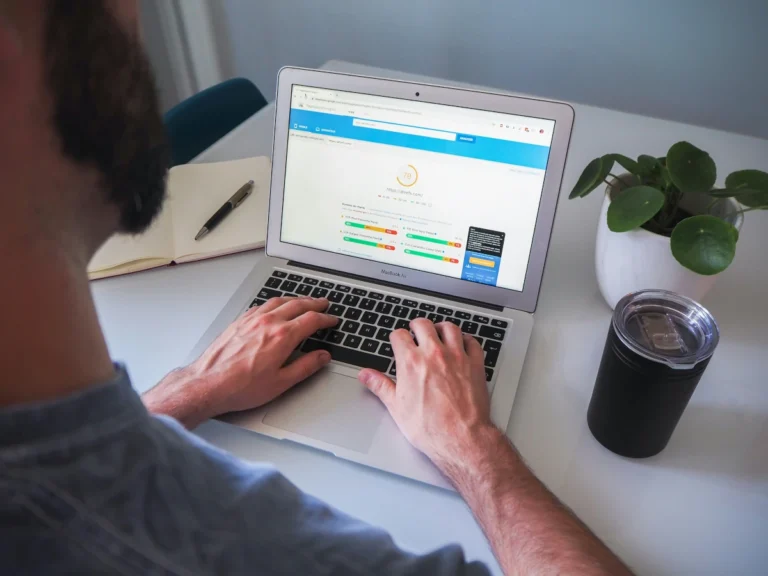How to get the best from your web designer.
How to get the best from your web designer. You might think that you can obtain a web designer, put them in front of a computer and say “create a website” and they’ll conjure up the website of your dreams… but is it really that straightforward?
Getting started with your web designer.
When you hire someone to make a website for you, all they initially know is that you want a website. They’ve probably also worked out that you want them to make the website for you, but that’s about it.
You probably have an idea of how you’d like your new website to look like. You might also know how you’d like it to function. Does your developer know these things? If they don’t, how are you going to get this across to your website designer?
For a moment, consider how varied websites can be. This is a website that you’re reading now. How this website functions is considerably different from amazon.com. Amazon.com is in turn very different from wordpress.org, and wordpress.org is in turn very different from facebook.com. Each of these websites serves a different purpose, hence their differences. The first thing you should let your web designer know, is the purpose that you’d like yor website to serve.
State the purpose of your website.
Whilst this may seem like common sense, it’s worth clearly stating the intended purpose of your website. Take a moment to ask yourself why you’re having a website made. Is it to promote your business? Or is it to advertise the products you sell to a wider audience? Mayhbe you’d like to be able to sell products online?
Clearly stating the overall purpose, or the main objective of your website is a great start. This will help your designer to start working out how your website will look and function.
Identify your target market.
Although you’ll be familiar with your customer demographics, your website designer might not be so familiar with them. It will benefit you more if your website appeals to your most common customer demographic. It’s worth letting your web designer know what this demographic is.
Imagine that your website is going to sell skateboards. What do you think of? Baggy trousers, Vans trainers, graffiti, being cool, tricks and hanging out all spring to mind. Now imagine if your website designer created a website with a very formal look and feel. Would you get as many skateboard sales as you would if you had a more “on trend” website? Probably not.
It’s a good idea to tell your web designer about your target demographic. This will help you obtain a website that appeals to this demographic.
Define the required functionality.
As I’ve already mentioned different websites work in different ways. It’s a good idea to let your website designer know the ways you’d like your site to function.
Functionality is really what you’d like your website to do, or how you’d like it to work.
A website that’s a portfolio of services that a company provides might seem like a fairly straight forward type of website, but is it? Do you need a contact form? Should there be any price lists? Are the prices going to change? How will they be updated? Does a zoom need to be built in to the pictures of products? The answer to these questions all affect how a website will work, even if the website appears quite basic.
More complicated websites need a lot more thought when it comes to functionality. I’ll use two types of online stores for this example. One store sells cups, each cup has one size, design and price. That’s quite an easy shop (one product = one price). The other store sells fabric and material, that can be different lengths, widths, and patterns, and the price that’s per square meter varies according to each. This type of store is a lot more complicated as the “one product = one price” doesn’t apply, and your website designer will have to take these variations in to account, it’s likely to affect how your website’s checkout works, and possibly how you update prices in the future.
It’s a good idea to let your web designer know the functionality that you require in your website. This will help you obtain a website that both functions as you’d like it to, and that’s manageable for you in the future.
Do you have any preconceived ideas about appearance?
If you already have an idea about how you’d like your website to look, outlining this to your developer will save a lot of time, and effort. If you can provide your developer with a good idea of how you think you’d like your website to look, it will be a lot more likely that the first draft of your website will look like what you had in mind. It also avoids the situation where your website designer will have to remake your site multiple times (possibly at an additional cost), until a website that you like the look of is presented to you. Being more specific about any preconceived ideas you might have will usually be well received by your designer, as they want to make a website that you like. You might tell them about:
- Any colour schemes that you’ve considered.
- Any particular fonts that you’d like to see on your site.
- Any specific images you’d like presented.
- Any overall look and feel that you like.
Are there any specific pages you want, or any subject matter you need covered?
If you’d like some pages covering specific topics or any subject matter included on your website, it’s always a good idea to let your website designer know about this, rather than leave it to chance. If you’re having a website made for your business, you probably know more about your business than anyone else does (including your web designer). Although your web designer may know a bit about your business, you know more about what’s important to your business, and, most importantly, your customers. Making the most of the opportunity to get the important points across (or the ones your business or customers will gain most value from) is key to the end result being a website that serves your business well.
Isn’t this a bit like telling my web designer how to do their job?
Your web designer will thank you for raising the points that you do, and telling them how you’d like things to be. From a web designer’s perspective a customer with clear ideas about what they want in their website, how they want to to function, and who they want it to appeal to is extremely valuable.
Whilst all web designers want to provide a site that their customer likes, it’s one thing for them to come up with a site that they think a customer will like, but it’s a lot better for them to be able to make a site that they know a customer will like.
You providing your web designer with clear ideas will give them a concise idea about the website you want, which will reduce the number of redesigns, and allow your web designer to focus on other tasks to a greater degree, such as getting your site performing well and adhering to search engine requirements.
A decisive customer who communicates what they want in their website in a clear manner, is more likely to gain a website that ranks well in search engine results, attracts new business, and has a great user experience.







